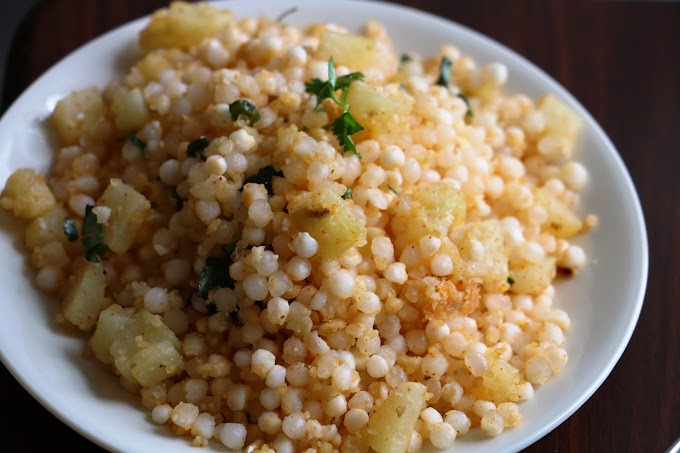
Sarson Ka Saag Aur Makki Ki Roti are classic Punjabi dishes, best with some white butter, jaggery or honey. This special combination of winter food makes everyone's mouth water in winter. As a traditional Punjabi dish, saag means green and sarso means mustard. This dish is a traditional Punjabi recipe, prepared with eggplant and mustard. It is a flavorful recipe, with a creamy texture and a hint of spiciness.
Paired with a steaming hot roti makki and a dollop of butter or ghee, this recipe makes for a delicious winter treat. A mix of palak, bathua and sarson, pressure-cooked and prepared with a host of spices, makes this a healthy winter treat. Gud or jaggery can be served to accompany this dish.

Prep Time: 20 mins ♥ Cook Time: 50 mins ♥ Total Time: 1 hrs 10 mins ♥ Yield: 4 servings
Nutrition: 135 calories, 8 grams fat
Ingredients:
1 bunch fresh mustard leaves
1 spinach
1 onion
1 tsp ginger
1 tsp garlic
2 green chillies
1 tsp red chilli powder
1 tbsp cheese
1 tsp lemon juice
1 cup water
2 tbsp ghee
1 tsp cardamom powder
1 tbsp oil
1 tbsp flour
Salt to taste

Recipe Method
Chop spinach and mustard leaves.
Heat ghee in a pan, add onion and saute till light brown. Add green chillies, ginger and garlic and and sauté for a few minutes. Add the red chilli powder, mustard leaves, spinach leaves and continue to sauté for a couple of minutes. Add few pinches of salt and water and cook on moderate heat for 10 minutes. Keep aside to cool and then blend to a coarse paste in a mixer.
Heat the oil in the same pan. Add the paste, cardamom powder, flour and lemon juice. Stir well and cook till the oil starts to separates. Garnish with cheese.
Serve hot with makki di roti or paratha.








